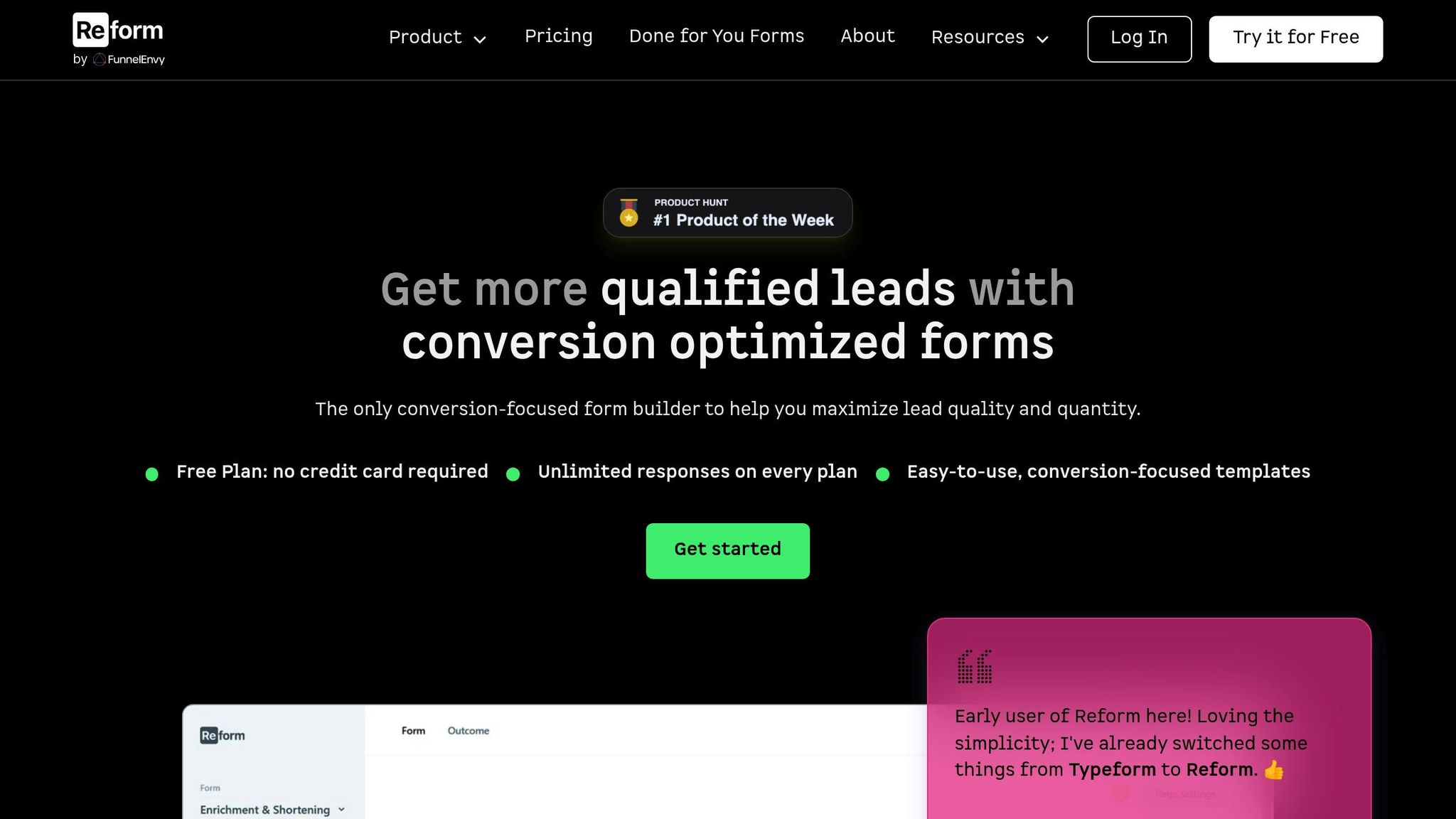Checklist for Data Sharing Compliance Training

In an era where data sharing is integral to business operations, compliance with privacy regulations is non-negotiable. Laws like CCPA, HIPAA, and GLBA mandate strict controls over how data is shared, stored, and accessed. Non-compliance can result in fines reaching millions, loss of trust, and operational disruptions. Proper training is key to avoiding these risks.
Here’s what a strong compliance training program should cover:
- Data Mapping: Employees must understand how to document data sources, recipients, storage, and usage. This ensures transparency and regulatory alignment.
- Legal Consent: Training should emphasize obtaining clear, informed consent and maintaining accurate records to avoid penalties.
- Third-Party Oversight: Organizations must vet, monitor, and audit vendors handling sensitive data, ensuring adherence to agreements.
Effective training programs align with legal requirements, use practical examples, and leverage tools like form-based platforms to streamline processes. These tools help with consent tracking, data minimization, and audit preparation, reducing errors and improving compliance outcomes.
Investing in compliance training protects businesses from financial and reputational damage while building trust with customers.
GDPR Compliance Checklist - A 12 Step Guide for you
Core Elements of a Data Sharing Compliance Training Checklist
When it comes to compliance training, focusing on the right areas is non-negotiable. A strong training checklist should zero in on three key components: data mapping, legal consent, and third-party oversight. These elements are the building blocks of any effective compliance program.
Data Mapping and Inventory
Data mapping is where it all starts. Without a clear picture of what data you collect, where it’s stored, and who has access to it, compliance becomes a guessing game. Training programs need to teach employees how to track and document every piece of personal and sensitive data flowing through your organization.
This process should cover the essentials: data sources, recipients, purposes for sharing, and storage locations. Employees must also learn how to classify data based on sensitivity and recognize when operational changes require updates to the data inventory.
Visual tools can make this process less daunting. By converting complex data flows into clear diagrams, teams can better understand how data moves within the organization. IT and compliance teams should collaborate to pinpoint data entry points, transfer methods, and authorized contacts. The goal? Create practical, working documents - not just theoretical plans.
Here’s a sobering fact: More than 60% of US companies handling EU data failed initial GDPR compliance audits due to incomplete data mapping and missing third-party agreements. This highlights why thorough training on data inventory is crucial, especially for organizations operating in multiple jurisdictions.
Legal Basis and Consent Management
Every instance of data sharing needs a legitimate legal foundation. Employees must understand how to document the basis for each scenario, whether it’s consent, contractual necessity, legitimate interest, or legal compliance.
Consent management is often a tricky area. Training should stress that consent must be freely given, specific, informed, and easy to withdraw. Pre-checked boxes or default consents? Big no-nos - they can lead to hefty penalties.
Your consent management system plays a critical role here. It should record and timestamp every user consent action. Employees need to know how to maintain these records, update them when business practices shift, and handle consent withdrawal requests quickly. The system should make it simple for individuals to grant, refuse, or withdraw consent, with clear explanations about how their data will be used.
Consider this example: In March 2023, a financial services firm was fined $2.1 million for not maintaining up-to-date consent records and failing to vet a third-party vendor. This lapse led to a data breach impacting 12,000 customers. It’s a stark reminder that consent management isn’t just a box to check - it’s a critical safeguard against compliance failures.
Third-Party Risk Management
Third-party vendors are often the weakest link in compliance efforts. That’s why training must teach employees how to vet, onboard, and monitor external partners who handle your data. This isn’t just about running background checks - it’s about continuously evaluating their data handling and security practices.
Vendor vetting should include in-depth audits of their data protection capabilities. Before any data sharing begins, data processing agreements (DPAs) must be in place. These agreements should align with your regulatory obligations and define clear roles and responsibilities.
But the work doesn’t stop there. Ongoing monitoring is just as important. Employees should be trained to conduct regular compliance reviews, request vendor reports or certifications, and schedule audits to ensure adherence to data protection standards.
Here’s a success story: In January 2024, a US healthcare provider achieved full GDPR compliance by automating data mapping, updating vendor agreements, and enhancing staff training. Within six months, they reduced unauthorized access incidents by 47%.
Regulations like GDPR emphasize the accountability principle, requiring organizations not only to comply but also to prove their compliance through proper documentation and regular reviews. This underscores the need for training programs that instill a culture of ongoing responsibility, where employees see compliance as a continuous effort - not a one-time task.
Developing a Regulatory Training Program
Creating an effective compliance training program requires careful alignment with your organization's data practices, legal obligations, and the unique needs of your staff. The goal is to craft a structured program that addresses these specifics while ensuring adherence to all legal requirements.
Needs Assessment and Curriculum Design
Start by conducting a thorough needs assessment. Review your organization’s current data practices, identify relevant regulations, and evaluate the existing knowledge levels of your staff. Tools such as interviews, surveys, and incident analysis can help pinpoint the exact training needs for different roles within your team.
Once you’ve gathered this information, design a modular curriculum tailored to specific roles. Core modules should cover foundational topics like data protection principles, legal frameworks for data sharing, and internal policies. Additional modules can delve into role-specific duties, managing third-party risks, and handling sensitive data. To make the training relatable, include real-world scenarios and case studies that demonstrate how these regulations apply to everyday tasks. This approach turns abstract legal concepts into actionable insights.
Finally, choose delivery methods that actively engage your team and make the material stick.
Training Delivery Methods
Consider a mix of instructor-led sessions, e-learning modules, webinars, and interactive workshops. A blended learning approach - combining online and in-person elements - can be especially effective. For example, foundational knowledge can be covered online, leaving in-person sessions for tackling complex scenarios and fostering group discussions.
Interactive tools like gamified modules, real-time quizzes, and scenario-based simulations can further enhance engagement. These methods encourage active participation and provide immediate feedback, making the learning process more dynamic. It’s important to tailor the format to the audience and incorporate variety to suit different learning preferences and keep the training fresh.
Once the training is delivered, focus on documentation and continuous evaluation to ensure compliance and improvement.
Recordkeeping and Evaluation
Accurate recordkeeping is essential, not just for internal tracking but also to meet legal requirements. For instance, HIPAA mandates that training records be retained for at least six years. Digital learning management systems can simplify this process by automating attendance tracking, generating compliance reports, and maintaining audit trails. This ensures you’re prepared for audits or regulatory inquiries at any time.
Evaluation should go beyond attendance tracking. Incorporate pre- and post-training assessments, collect feedback through surveys, and analyze trends in compliance incidents to measure the program’s effectiveness. Regularly review and update training materials based on audit findings, staff feedback, and changes in regulations. Metrics like fewer data breaches or improved audit results can help gauge success.
Keeping training materials current requires ongoing effort. Assign a compliance officer or team to monitor legal updates and revise resources as needed. Staying informed through industry forums, consultations with legal experts, and automated alerts from regulatory bodies ensures your program remains aligned with the latest requirements. These steps reinforce your organization’s commitment to responsible data sharing practices.
sbb-itb-5f36581
Using Form-Based Tools for Compliance
Form-based tools have become a key resource for organizations navigating the challenges of data-sharing compliance. These platforms offer built-in safeguards and documentation features to meet regulatory standards while simplifying data collection processes. According to a 2024 survey by the International Association of Privacy Professionals (IAPP), 78% of U.S. companies now rely on automated form-based tools for managing user consent and data collection. The primary reasons? Improved compliance and a reduced risk of data breaches.
The benefits are clear. Research from the Ponemon Institute reveals that organizations using automated consent management tools saw a 32% drop in regulatory fines tied to data-sharing violations between 2022 and 2024. This underscores how the right technical solutions can directly enhance compliance outcomes.
Data Collection Best Practices
Achieving compliance starts with data minimization - only collect what’s absolutely necessary. Form-based tools make this easier by enabling workflows that adapt dynamically to user responses, avoiding the collection of unnecessary data that can complicate compliance efforts.
Transparent consent management is another essential practice. Forms should include user-friendly consent checkboxes that require active agreement - no pre-checked boxes allowed. Every consent action must be logged with timestamps to create an auditable trail. Form-based tools excel at managing these dynamic consent records, providing a level of detail that traditional methods simply can’t match.
Clear and accessible communication is equally important. Privacy notices should be easy to understand, written in plain language, and explain exactly how data will be used and shared. Regularly reviewing and updating your forms ensures they remain aligned with evolving regulations.
Data accuracy validation is critical too. Use features like real-time email and phone validation to ensure the information you collect is correct. Allow users to update their data when needed, and implement automated reminders or quality checks to maintain data integrity over time.
Finally, robust security measures are non-negotiable. This includes encrypted data transmission via HTTPS, role-based access controls to limit who can view sensitive information, and detailed audit logs that track every action within the system. These features not only protect against unauthorized access but also provide the documentation needed to meet regulatory requirements.
When these practices are in place, tools like Reform can take your compliance efforts to the next level.
How Reform Supports Compliance

Reform builds on solid data practices by offering features that enhance and streamline compliance workflows. By aligning with best practices, the platform simplifies both implementation and documentation, ensuring a seamless approach to compliance.
Reform’s conditional routing feature allows forms to adapt dynamically based on user responses. This ensures that data collection aligns with regulatory requirements and individual consent choices, creating a tailored experience for each user.
The platform also includes real-time email validation, which verifies addresses as they’re entered. This reduces errors, keeps bounce rates low, and ensures consent records are tied to valid contact details - critical for meeting regulations like HIPAA and CCPA.
To support data minimization, Reform offers lead enrichment capabilities. This feature automatically gathers publicly available information, reducing the number of fields users need to fill out. It’s a smart way to balance thorough data collection with user convenience while staying compliant.
Integration is another strength. Reform connects seamlessly with CRM and marketing automation systems, using custom mapping and duplicate handling to ensure consent statuses and data-sharing preferences are consistently maintained across your tech stack. This creates a single source of truth for compliance purposes.
"I'm a happy Reform customer at OpenCage. When we're trying to build a new product, the last thing we want to waste time on is tedious work like a sign-up form. Reform was a super clean, easy-to-use solution at a very reasonable price. Happy to recommend it." - Ed Freyfogle, Co-founder, OpenCage
Reform also addresses accessibility standards, an often-overlooked but legally required aspect of compliance. With support for custom CSS and JavaScript, organizations can meet specific needs, such as adding legal disclaimers or creating specialized consent workflows.
Real-time analytics provide insights into form performance and user behavior, helping you identify potential compliance issues early. For example, tracking abandoned submissions can highlight where users might be confused about consent requirements or unclear data collection practices.
Lastly, Reform’s audit trail capabilities document every interaction with your forms. From consent captures to data submissions and access logs, every action is timestamped and securely stored, creating a comprehensive record for regulatory reviews. This ensures you’re always ready to demonstrate compliance when needed.
Conclusion
Investing in data sharing compliance training is a smart move that protects your organization from costly breaches and penalties. With the average cost of a data breach nearing $9.48 million, effective training can help avoid devastating financial consequences. Organizations that prioritize well-structured compliance programs often experience fewer incidents and smoother audits.
A solid training program addresses key areas like data mapping, obtaining legal consent, and managing third-party oversight. In 2024, 68% of U.S. organizations increased their budgets for data privacy training, recognizing that informed employees are the first line of defense against compliance risks. Regular training not only teaches the "how" but also the "why", reinforcing both business integrity and customer trust.
Technology is becoming a major ally in maintaining compliance. Tools like Reform streamline processes and reduce human error with features like conditional routing, real-time email validation, and automated consent tracking. These tools create regulatory audit trails while cutting down on manual work. For example, a U.S.-based healthcare provider that adopted automated consent tracking saw a significant drop in manual errors and improved their audit readiness. This demonstrates how the right technology, paired with strong training, can lead to better compliance outcomes.
Regulations like GDPR and CCPA emphasize accountability, requiring organizations to demonstrate compliance rather than just achieve it. This means detailed record-keeping, regular audits, and continuously updated training programs to stay ahead of evolving regulations. Companies that treat compliance as an ongoing effort, rather than a one-time task, often perform better and avoid unnecessary risks.
Creating a culture of data protection ensures that everyone in the organization plays a role. Automating workflows, documenting data-sharing activities, and regularly reviewing policies are essential steps. By combining thorough training, clear checklists, and reliable technology, businesses can build a strong compliance framework. When you integrate tools designed for compliance with a systematic approach, you’re not just meeting today’s regulatory demands - you’re also preparing for whatever comes next. This approach safeguards your business, satisfies regulators, and strengthens the trust your customers place in you.
FAQs
What are the key challenges businesses face when implementing data sharing compliance training?
Organizations face several hurdles when it comes to rolling out effective data sharing compliance training. One of the biggest challenges is helping employees grasp the intricacies of complex regulations. These rules often differ depending on the industry and jurisdiction, making it tough to break them down into easy-to-understand training materials.
Another issue is keeping employees engaged during the training. Compliance sessions are often seen as dull or disconnected from daily work, so it’s crucial to design content that’s interactive and relatable. This not only keeps employees interested but also helps them see the real-world relevance of the training.
Lastly, tracking the success of these programs can be tricky. Without reliable metrics or tools to measure progress, it’s difficult to spot weaknesses and ensure everyone is properly equipped to manage sensitive data with care.
How can tools like Reform help improve compliance and minimize errors in data sharing?
Tools like Reform simplify compliance tasks by helping reduce errors in data collection and management. With features like spam prevention and email validation, it ensures that the information gathered is both accurate and trustworthy, cutting down the chances of mistakes.
What’s more, Reform’s no-code customization lets businesses design forms that fit their unique requirements and branding. This not only enhances the user experience but also ensures consistency and a polished look throughout compliance-related workflows.
Why is it important to provide ongoing training and updates for data privacy compliance?
Staying up-to-date with training and updates is crucial when it comes to complying with data privacy regulations. These laws are always changing, and without ongoing education, employees might unintentionally miss new requirements, which could lead to compliance issues.
By providing regular updates, you can keep your team informed about the latest practices, regulatory changes, and emerging risks. This not only helps shield your business from legal trouble but also strengthens data security and demonstrates to customers that you’re serious about protecting their information. It’s a smart way to build trust and show responsibility.
Related Blog Posts
Get new content delivered straight to your inbox

The Response
Updates on the Reform platform, insights on optimizing conversion rates, and tips to craft forms that convert.
Drive real results with form optimizations
Tested across hundreds of experiments, our strategies deliver a 215% lift in qualified leads for B2B and SaaS companies.


.webp)



